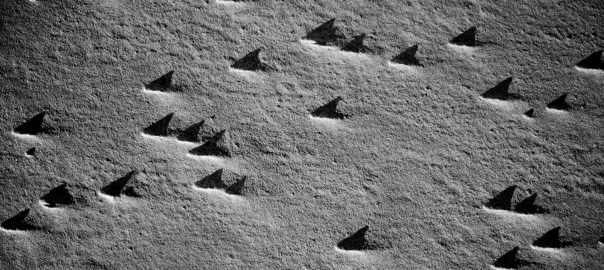I got DHCPv6-PD aka prefix delegation up and running on a FortiGate. Yes! ✅ Configuring it is tricky since it’s not always clear which options to use. You cannot see everything in the GUI (it even changes depending on other options made later on or selects hidden and wrong default values), hence, you must set specific options via the CLI. I navigated around some bugs and finally got it running. Here we go:
Continue reading DHCPv6 Prefix Delegation on a FortiGate Firewall












